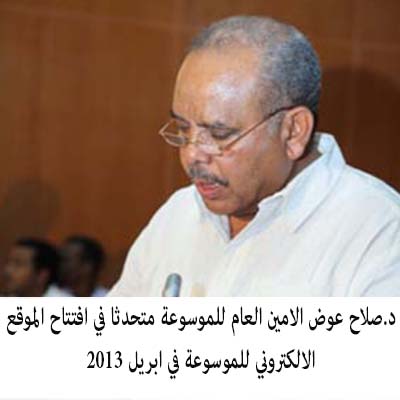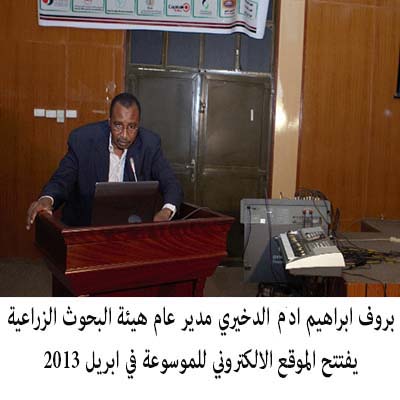المحاصيل النقدية
Proceedings International Pearl Millet Workshop
Discussion
Five papers were presented in this session: two covered aspects of millet production in the drier area* of sub-Saharan Africa, two others discussed production aspects in the arid and semi-arid areas of India, and the last brought together the characteristics of the rainfall variability in the two subcontinents. Discussion centered on three aspects: the susceptibility of millet to temperature and drought stress, plant density in drier
areas, and intercropping in these areas. A comment was made that pearl millet in Botswana exhibits good tolerance to drought stress only when
tempertures are moderate. When temperatures are higher, the performance is poorer. Researchers in India indicated (hat it was generally difficult to separate the effects of drought and temperature stresses. Nonethe- less, as selection for drought tolerance is generally carried out when temperatures are higher, belter perform-ing materials under these conditions arc likely to tolerate drought stress in association with higher
temperatures.Farmers in Africa generally plant millet in widely-spaced hills to mitigate risk. The practice of selecting
breeding lines from row-spaced plants, or high-density hill plantings was questioned. The point was made that density ■ variety interactions normally occur und er higher fertility at higher densities. This appears to account for the rather high densities used in the drier areas of Rajasthan, where reasonable fertilizer levels are used. During the subsequent discussion it was pointed) out that final panicle numbers in the WASAT approach.d planting densities in India, so that the actual yield-determining density is not very different from those used in India. Intercropping millet with other species is a common practice. Some participants felt that the advantage or success of intercropping should be measured by methods other than using land-equivalent ratio. Shelly emphasized (hat the intercropping research conducted in Mali had also calculated monetary benefits to assess the comparative worth of the different cropping systems. He said the program objective was to improve the existing cropping system and not to quantify the intercropping advantage.


